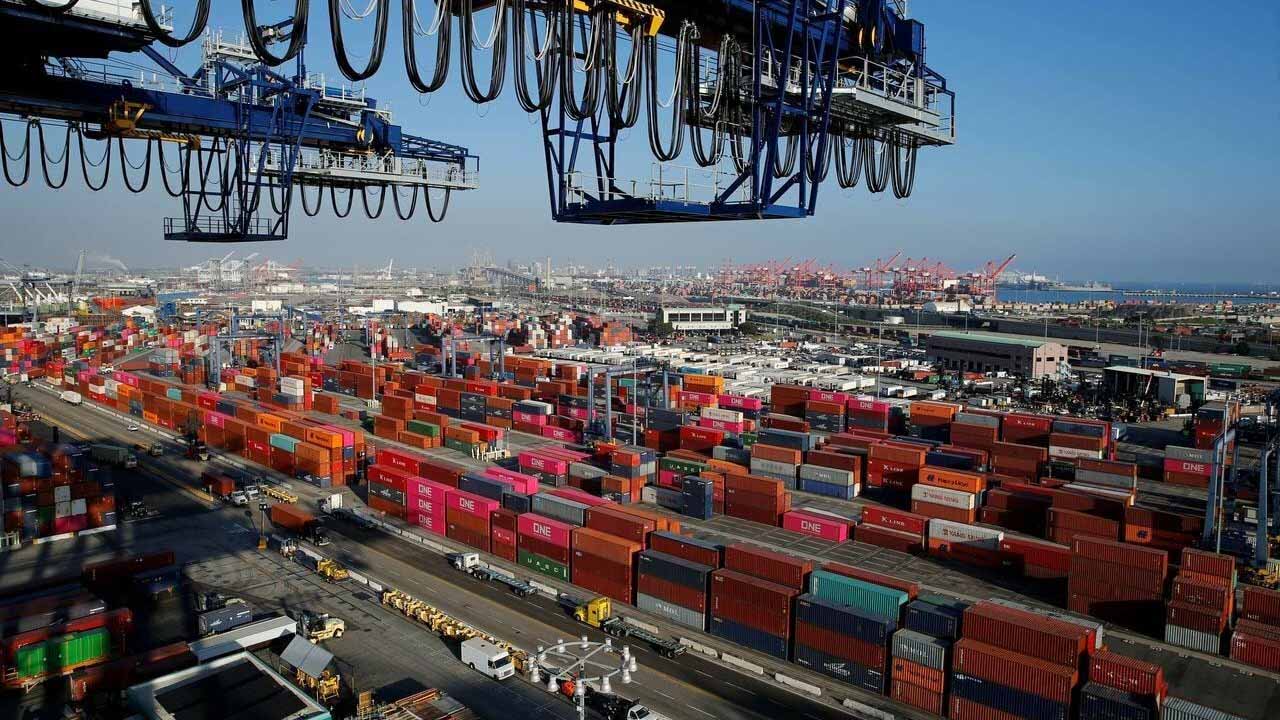In January, Pakistan’s Real Effective Exchange Rate (REER) dropped significantly from 96.2 in December to 92.8, as reported by statistics made public by the State Bank of Pakistan (SBP) on Monday.
According to the data, the REER fell 4.4% annually. The monthly decrease in the REER value was 3.57%.
Meanwhile, the Nominal Effective Exchange rate Index (NEER) declined by 5.8% MoM in January 2023 to a provisional value of 43.56 from 46.24 in December 2022.
The NEER index decreased 20.46% YoY from a value of 54.77 in January 2022 on an annual basis.
A REER below 100 indicates that while imports are expensive, the country’s exports are price-competitive. According to experts, a REER close to 100 indicates that the currency does neither favour imports or export competitiveness.
The SBP warns against interpreting a REER index of 100 as the currency’s equilibrium value. The central bank stated in an explanation note on the subject that the REER’s departure from 100 “only reflects changes relative to its average value in 2010 and is unrelated to its equilibrium value.”
The huge depreciation of the rupee against the US dollar during the month of January, caused by the decision of the authorities to free-float the exchange rate, was attributed by experts as the cause of the development.
In the meantime, the inflation rate increased from 24.5% in December to 27.6% in January.
Industry analysts claim that Pakistan’s exports are more competitive as a result of the decline in REER value.












